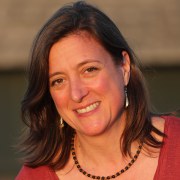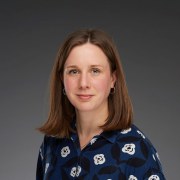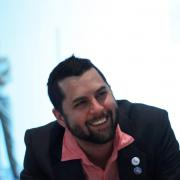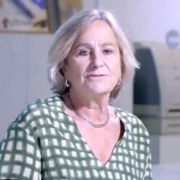Collaborating and co-creating with communities: how and why?
To thrive in the future, science centres & museums need to connect with increasingly wide and diverse communities. In our digital age, more people expect to participate actively, to create as well as to consume. We live in a ‘participatory culture’, fuelled by social networking, crowd-sourcing, and user-generated content.
Science centres and museums are more aware than ever that they are not exclusive producers of content. Communities, enthusiasts and ‘non-visitors’ bring fresh perspectives, original insight and new expertise. This reverse session will explore how museums can work not just FOR but WITH diverse audiences, at differing levels of intensity, through a variety of activities, to develop mutual benefits.
Presenters will describe different communities they have worked with and the aims, challenges and outputs of these collaborations. This will be followed by a facilitated discussion. Delegates will leave with new ideas about the potential for creative collaborations with their own communities.
Facilitator
Science communication and patient involvement manager
BRIO (Bordeaux Recherche Intégrée Oncologie)
Session speakers
Audience Research Manager
The Science Museum's Information Age project pioneered new ways of embedding community participation in the development and delivery of a permanent object-rich gallery. In-depth evaluation of the co-creation process has revealed the benefits, challenges and opportunities of these ways of working for participants, museum staff and visitors.
Cultural Technology Consultant
External communities are more than another 'audience'. They can bring experience and perspectives which go beyond what a museum or science center could otherwise offer. Examples include tours by deaf people which are incredibly popular with general visitors because of the beauty and expressiveness of sign language.
In Neanderthal Museum we started working with NGOs to ask refugees to give guided tours through the exhibition on human evolution, to compare their own migration routes with the routes of our ancestors. The idea is to make our visitors aware of the fact that we are all descendants of migrants, but also to strengthen the self-esteem of the refugees as we are making them heard. The presentation is about our experiences in cooperating with a community we had absolutely no relation with before.
The Museum must be accessible to everybody and strives to promote equal opportunities to the maximum variety of people. The Travelling Museum is a project for groups unable to come to the museum such as those in prisons or youth detention centres, produced in collaboration with their teaching staff. It introduces users to the content of the Museum, through activities that contribute to teamwork and expressiveness and encourage the development of a range of skills (dialogue, co-operation, etc.).






